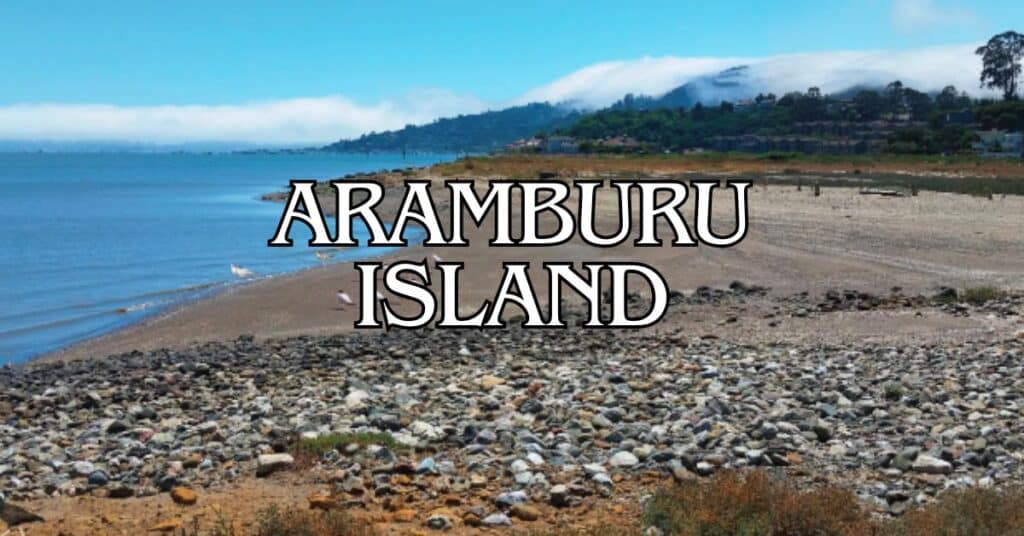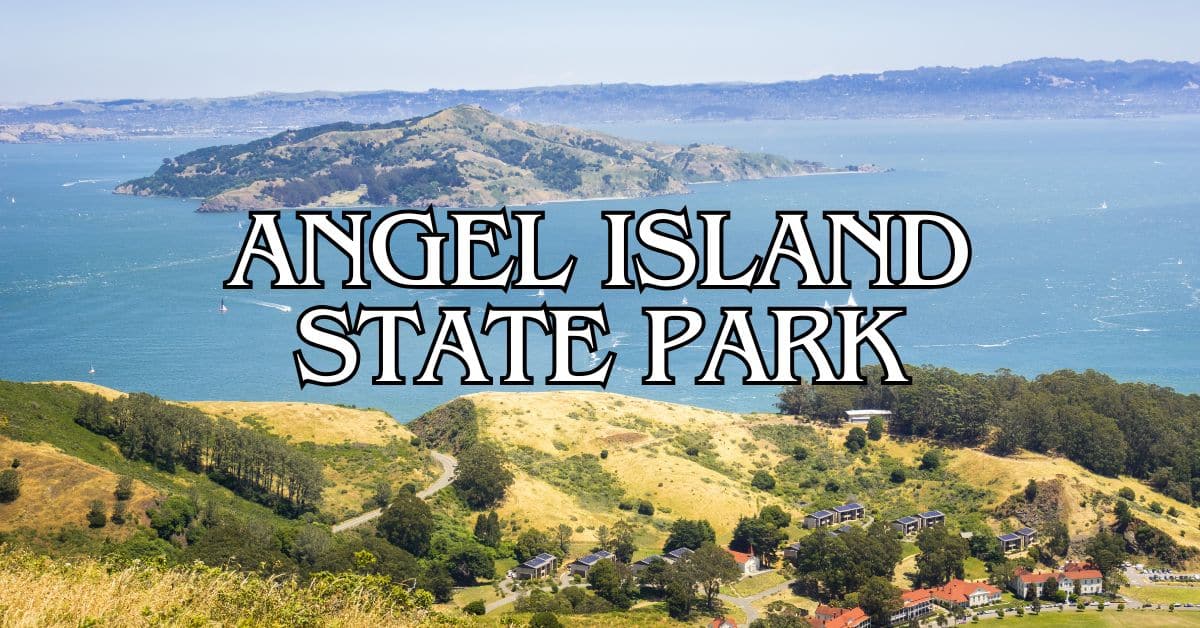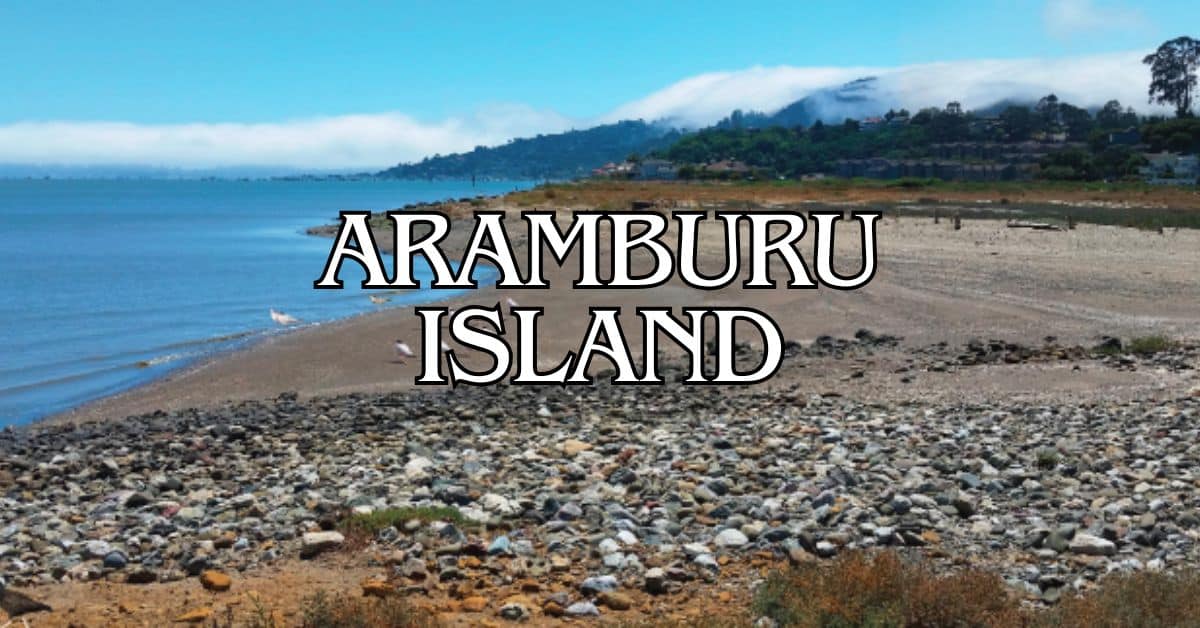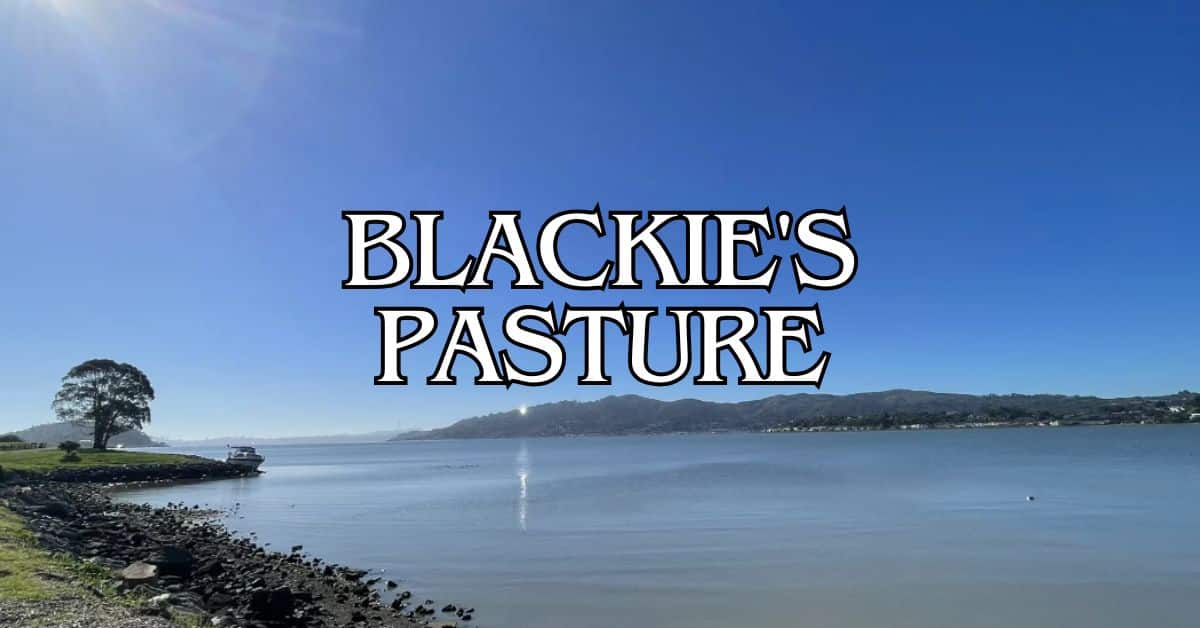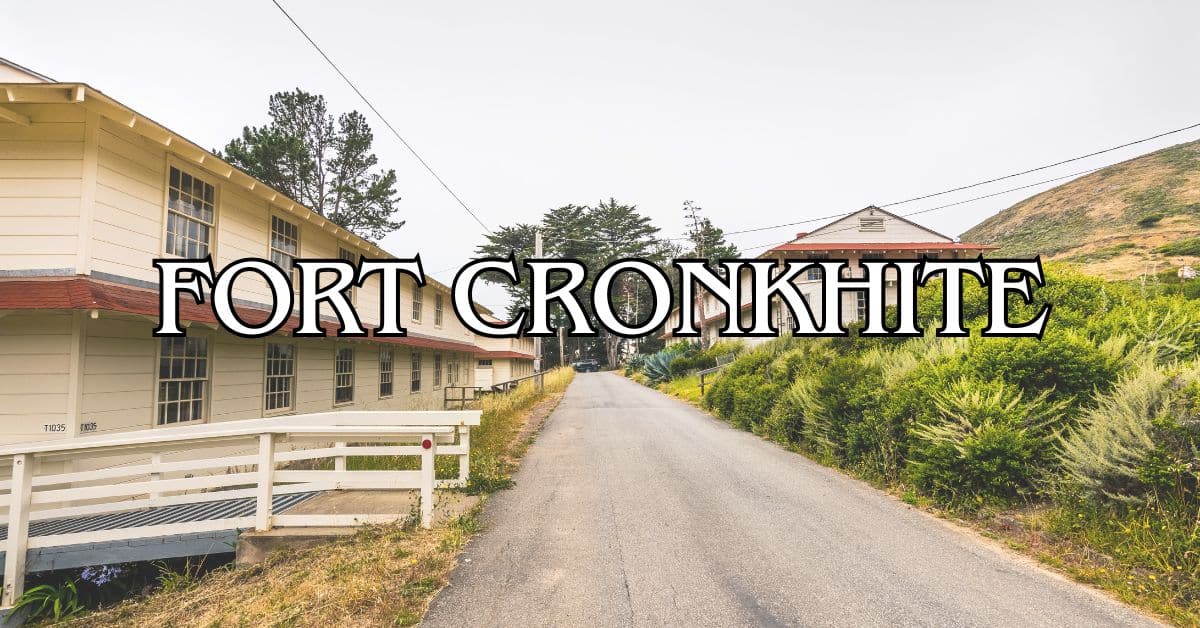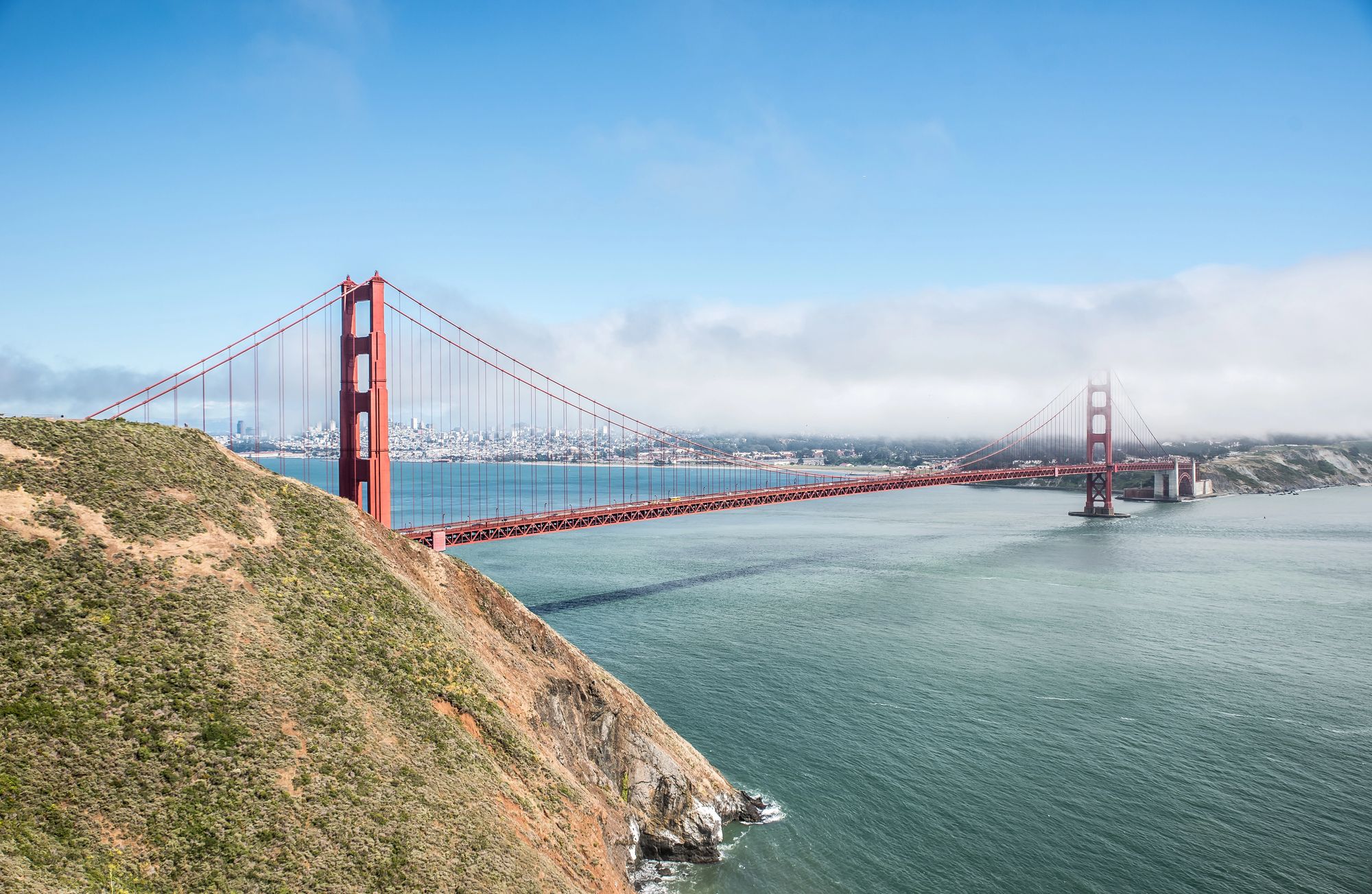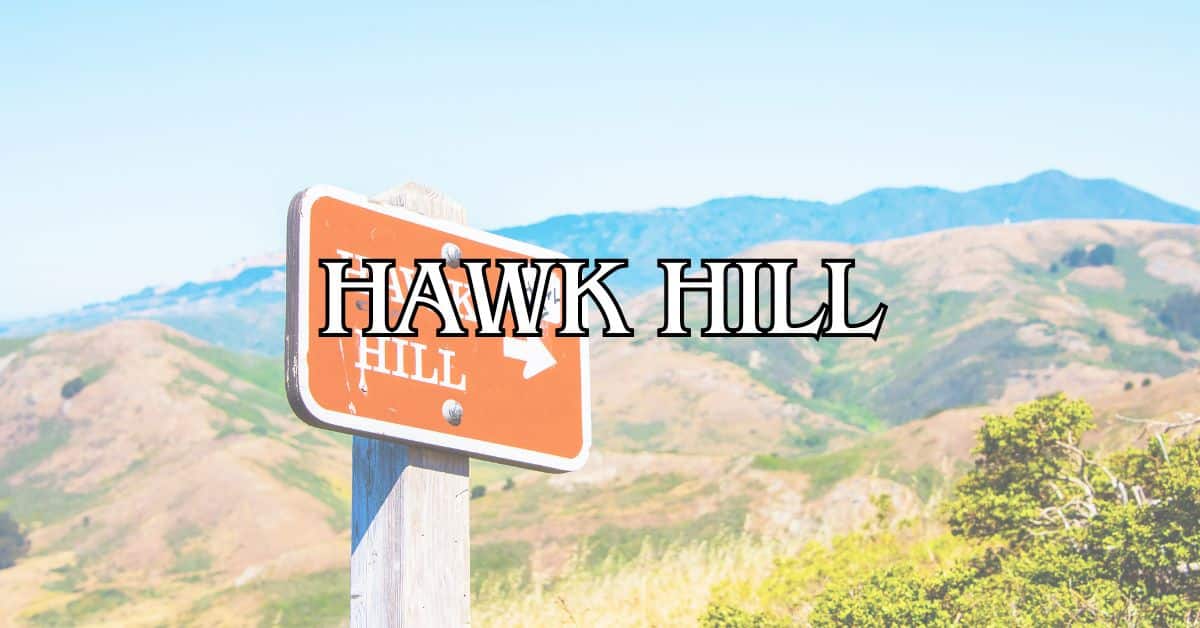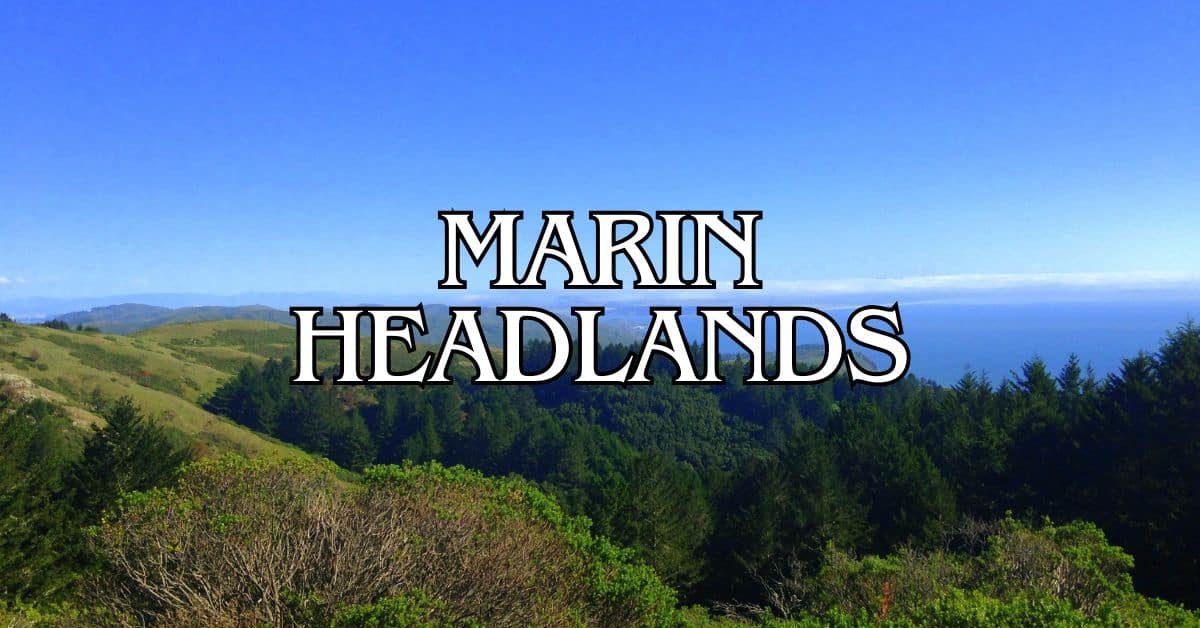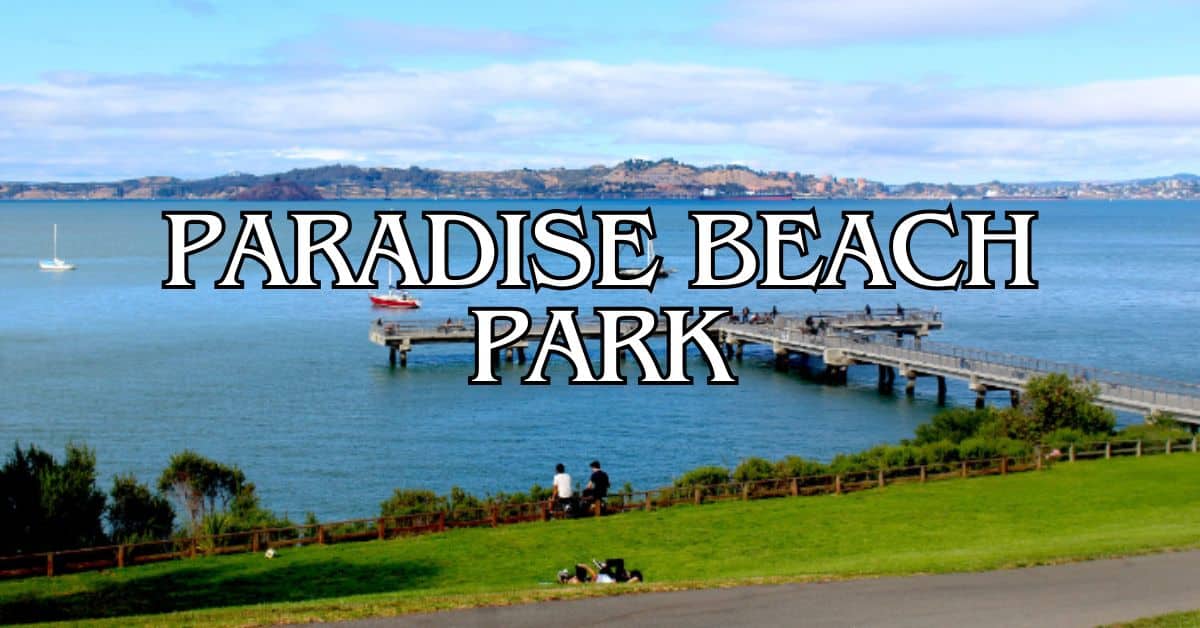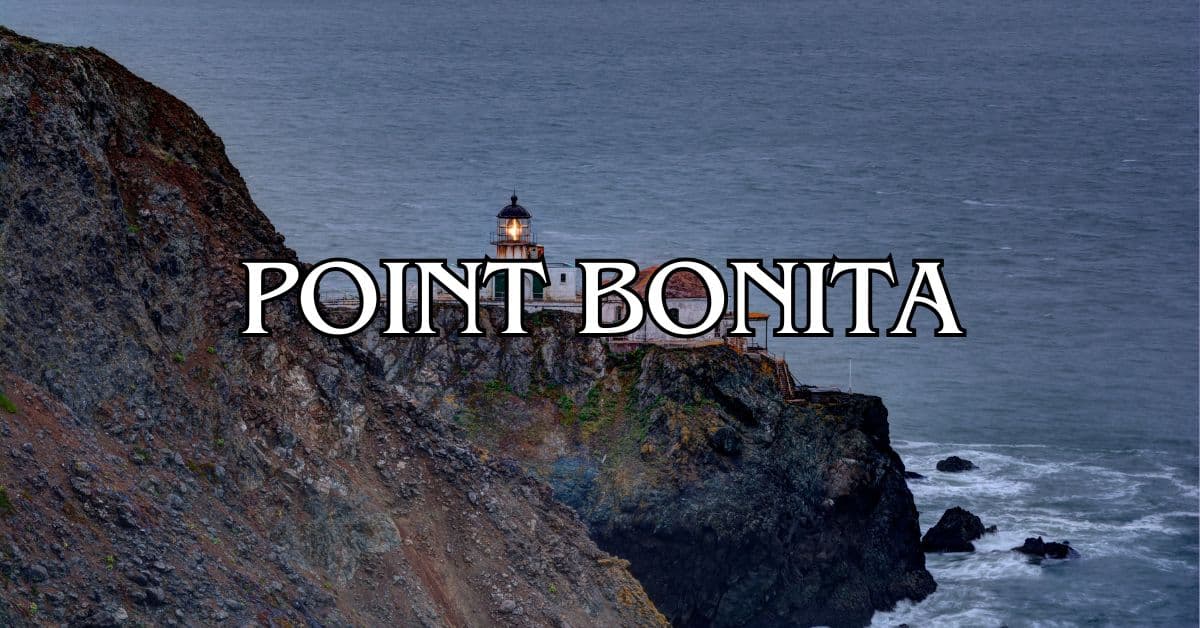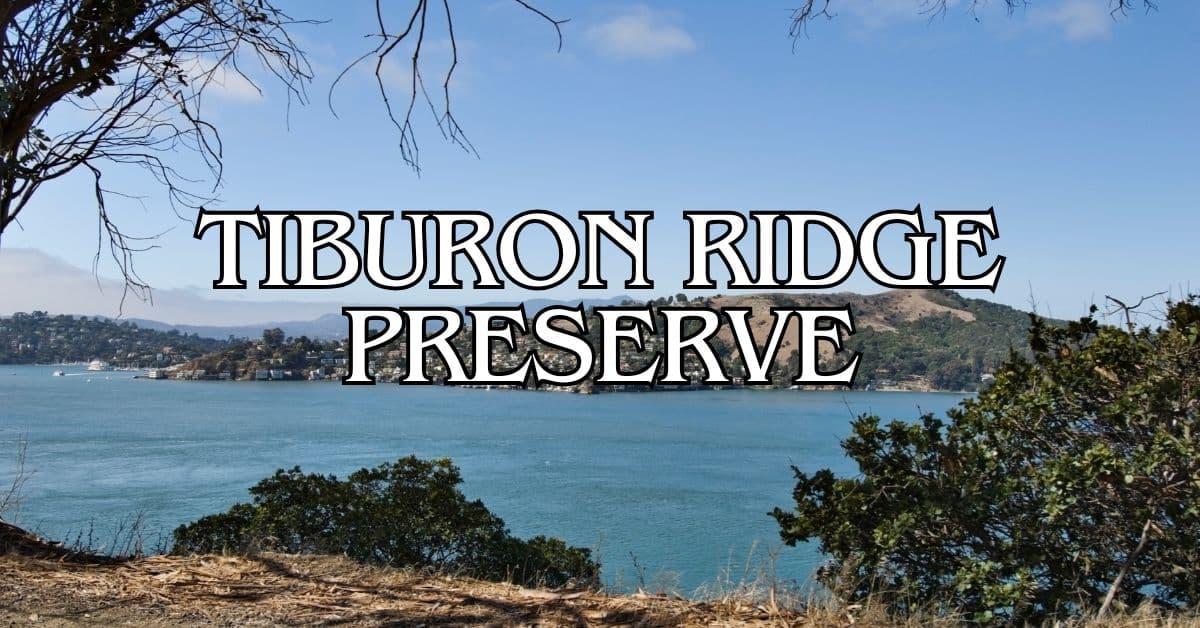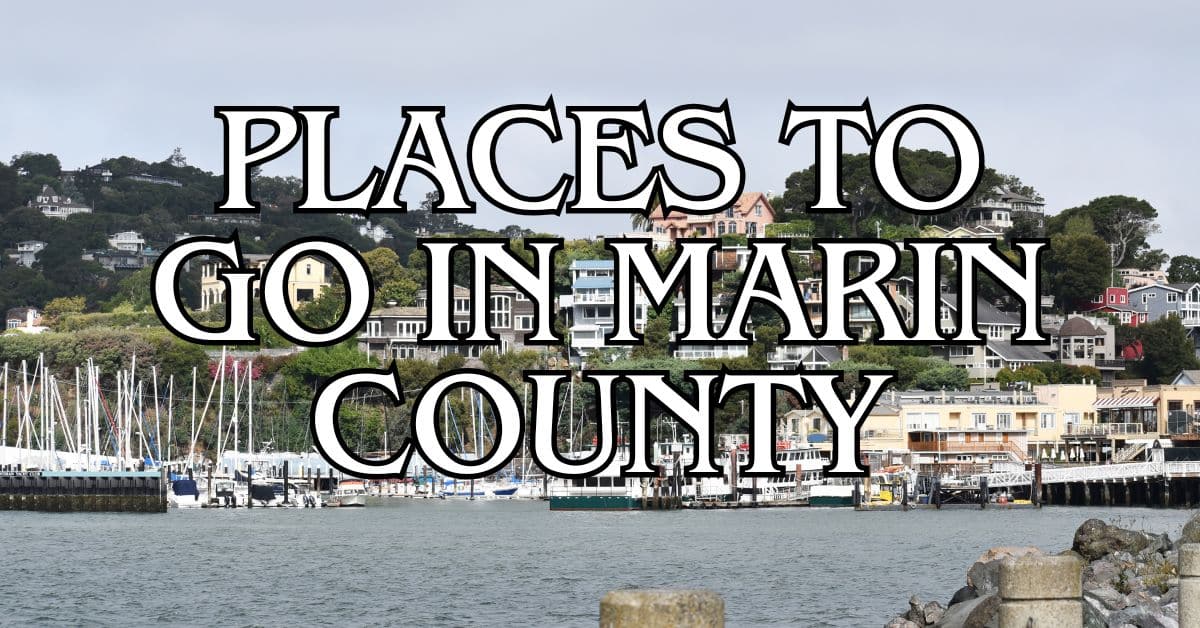Tucked away in Richardson Bay, Aramburu Island is one of Marin County’s best-kept secrets. This small 17-acre spot makes for a peaceful escape from the usual tourist crowds. Since you can only get there by boat or kayak, a visit always feels like a bit of an adventure.
The island doubles as a sanctuary for local birds and a quiet place for visitors to picnic or paddle. Created in the early 1960s from dredge material, Aramburu has grown into a natural haven. Its protected status means you’ll rarely see crowds—just calm shorelines and native wildlife.
Discover hand-picked hotels and vacation homes tailored for every traveler. Skip booking fees and secure your dream stay today with real-time availability!
Browse Accommodations Now
If you go, there are a few simple rules: leave your dog at home, keep things clean, avoid loud noises, and don’t smoke or light any fires. Those little details keep the island’s natural charm intact. Pack light, bring your own water, and get ready for a genuine nature experience—a different side of Marin County, for sure.
Overview of Aramburu Island
Aramburu Island is a small, 17-acre artificial island in Richardson Bay, Marin County. Even though people made it, this spot has become a real wildlife habitat.
Location and Geography
You’ll find Aramburu Island in Richardson Bay, a northern arm of San Francisco Bay in Marin County, California. Access is only by boat or kayak, so it’s one of the Bay Area’s least-visited places. The island covers about 17 acres (6.9 hectares).
Its shoreline is a mix of beaches and protected inlets. The isolation and limited access really boost its value as a nature preserve. Waters here are usually calm, so paddling over is pretty doable when the weather’s nice.
There aren’t any facilities on the island. Bring whatever you’ll need for your trip—there’s nowhere to buy or borrow anything once you’re there.
History and Development
Aramburu Island didn’t form naturally. In the 1960s, developers created it from dredge spoils and fill material. What started as a pile of debris is now a valuable ecological space.
The Marin County Department of Parks and Open Space owns and manages the island. They do basic maintenance like trash removal, but mostly let nature do its thing.
Restoration projects have focused on making the island a better bird habitat. These efforts try to boost the island’s ecological value, even though it started as an artificial place.
Ecology and Wildlife
Aramburu Island has become an important sanctuary for birds and wildlife in Richardson Bay. Many bird species—especially shorebirds and waterfowl—use it for feeding, nesting, and resting.
The beaches and shores offer birds a safe spot, away from people and predators. That’s a big deal in the Bay Area, where the shoreline is mostly developed.
Restoration teams have encouraged native plants to grow, creating better habitats for local wildlife.
If you visit, you’ll probably spot different bird species, depending on the season. Binoculars are a good idea. Just remember to keep your distance and avoid disturbing the wildlife.
How to Get to Aramburu Island
You can only reach Aramburu Island by water, so visiting takes a bit more planning than your typical park trip. Bring or rent a boat or kayak to get out to this hidden spot in Richardson Bay.
Access Points
There aren’t any formal docks or landing areas on Aramburu. Most folks launch near Tiburon, where you can get kayaks or small boats into Richardson Bay. Public boat ramps are also available in Sausalito and Mill Valley.
The Richardson Bay Audubon Center sometimes runs guided kayak trips to the island. These are great if you’re new to paddling in the area or just want some extra info along the way.
Since it’s a wildlife sanctuary, landing spots are limited to protect the habitat. Always check tide schedules before you go—low tides can make getting there tricky.
Transportation Options
Kayaking: This is the most popular—and eco-friendly—way to reach the island. You can rent kayaks in Sausalito or Mill Valley. Beginners do well with a stable sit-on-top kayak.
Small Boats: Motorized boats can get you there, but watch out for shallow spots, especially at low tide. Keep things quiet to avoid spooking wildlife.
Guided Tours: Local companies offer guided kayak tours that include Aramburu. These usually come with:
- All the gear you need
- Guides who know their stuff about local ecology
- Info about the island’s restoration
Sometimes, volunteer events offer rides to the island for habitat work.
Tips for a Smooth Visit
Try to go during high tide—it’s just easier to navigate, especially by kayak. You can check tide tables online or with weather apps.
Pack essential items in something waterproof:
- Water (at least a liter per person)
- Sun protection (hat, sunscreen, sunglasses)
- Binoculars for bird watching
- Windbreaker (the bay can get chilly)
There are no facilities: no water, restrooms, or trash cans. Whatever you bring in, you’ll need to take out.
Weather on Richardson Bay can change fast. Check forecasts for wind—strong gusts make paddling tough, especially if you’re new to it.
Best Times to Visit
Aramburu Island is different every season, with changing wildlife and weather.
Seasonal Highlights
Spring (March to May) is great for bird watching—lots of migratory species stop by. You might even spot gray whales from nearby overlooks between December and May, especially early or late in the day.
Summer (June to August) brings warm weather and calm water—perfect for kayaking. It’s the best time to check out the habitats restored by the Aramburu Island Enhancement Project.
Find the perfect hotel or vacation rental. Instant booking, no fees!
View Top Stays
Fall (September to November) is lovely, too. Local farmers markets are in full swing around Marin. Pick up some fresh produce for a picnic on the island.
Winter (December to February) is quieter, but you’ll see different bird species as winter residents arrive.
Weather Considerations
The climate here is Mediterranean, so Aramburu stays mild most of the year. Summers average 70-80°F with hardly any rain—ideal for being outside.
Fall brings slightly cooler temps (60-70°F) and some morning fog, but it usually burns off. The air’s clear, and you’ll avoid summer crowds.
Winter is wetter (mostly December through February) and cooler (50-60°F). Bring waterproof gear—trails can get muddy.
Spring weather bounces around a bit but stays mild. Expect 55-70°F, with less rain as the season goes on. Spring showers mean lush greenery and wildflowers all over the island.
Nature and Wildlife Experiences
Aramburu Island gives you a front-row seat to wildlife in a restored habitat. This 17-acre man-made island is now a sustainable bird sanctuary in Richardson Bay.
Bird Watching Opportunities
It’s a fantastic spot for bird enthusiasts. The improved wetlands and beaches draw all sorts of birds. Shorebirds feed along the water’s edge, and waterfowl gather in the protected waters.
During migration seasons, things get especially lively. Bring binoculars to catch all the action. The quiet setting lets you watch natural bird behavior without much interference.
Keep your distance from nesting areas and speak softly. Birds are most active early morning and late afternoon—those are the best times to watch.
Marine Life Sightings
The waters around Aramburu are full of surprises. From a kayak, you might spot marine life just doing their thing.
Harbor seals sometimes haul out on the beaches or swim nearby. Plenty of fish live in Richardson Bay’s protected waters, too.
Kayaking is hands-down the best way to see marine life here. Outfitters like Tomales Bay Expeditions offer guided tours that really help you understand what you’re seeing.
Always watch wildlife from a distance. No fancy calculations needed—just patience and a good eye.
Activities and Things to Do
Even though it’s not easy to reach, Aramburu Island has a lot to offer for nature lovers. You can watch wildlife, help with conservation, or just enjoy some quiet time away from the crowds.
Guided Tours
Volunteer workdays are probably the best way to visit. You’ll help out with restoration and learn about the island’s ecosystem at the same time. Marin County Parks staff lead these hands-on tours, sharing insights about local birds and marine life.
Tours usually last 3-4 hours. Bring water, sun protection, and clothes you don’t mind getting dirty. Wear sturdy shoes—the ground can be uneven.
Sign up ahead of time; spots tend to fill up. Check the Marin County Parks website for upcoming volunteer days.
Self-Guided Walks
If you want to explore on your own, you’ll need a kayak or small boat. There aren’t formal trails, just natural paths, so you can wander at your own pace.
Low tide is best for self-guided walks—more shoreline opens up. Mornings are great for wildlife watching, too.
Walking the island’s edge takes about 40-60 minutes. You’ll pass rocky shores and grassy uplands along the way.
Stick to “leave no trace” principles. Stay on established paths to keep the wildlife refuge safe and undisturbed.
Photography Spots
If you’re into photography, Aramburu Island is a goldmine. The eastern shore gives you epic views of San Francisco Bay with Mount Tamalpais in the background.
Early mornings throw dramatic shadows over the landscape. A zoom lens helps you get close-ups of shorebirds without getting too close.
The northern tip has panoramic views for landscape shots. In spring, wildflowers add pops of color to your photos.
For wildlife photography, move slowly and keep your distance. You’ll see egrets, herons, and sometimes harbor seals—just don’t get too close.
Bay weather changes fast, so you’ll get all sorts of lighting throughout the day. That unpredictability makes for some pretty unique photos.
Conservation Efforts and Environmental Impact
Aramburu Island, a 17-acre patch of land built in the 1960s, has had its fair share of environmental headaches. Erosion has chewed away at its shores, and people have had to step in more than once to keep both the island and its wildlife inhabitants from getting the short end of the stick.
Restoration Projects
Waves have been a real menace, sometimes eating up as much as 6 feet of shoreline every year. After the Cosco-Busan oil spill, folks kicked off some serious restoration efforts to stabilize the island’s eastern edge. Marin County Parks joined forces with Audubon, rolling out a pretty thorough shoreline protection plan.
Invasive plants used to run the show here. Now, restoration teams work to yank those out and bring back native vegetation that holds the soil and gives wildlife a better home.
Luxury stays to cozy cottages await, all with instant booking. Find the best deals!
Browse Marin Stays
All that dredge spoil and fill dumped here back in the day? It’s taken a lot of work to turn this artificial land into something that actually feels like a real habitat.
Wildlife Protection Initiatives
Aramburu Island matters—a lot—for birds passing through and those that stick around. Protection efforts zero in on safer nesting spots and food sources for all sorts of feathered visitors.
Marin County Parks keeps a close eye on things, running monitoring programs to track wildlife and see how the habitat’s holding up. These checks help shape what they do next.
After the Cosco-Busan spill, they carved out special safe zones where birds could recover. Now, the island doubles as a sort of emergency shelter for wildlife when disaster strikes.
Public access isn’t a free-for-all. They’ve set up designated viewing areas so you can watch the animals without stressing them out.
Local Regulations and Guidelines
If you want to check out Aramburu Island, you’ll have to play by the rules set by Marin County Parks and Open Space. These aren’t just for show—they keep the habitat healthy and visitors safe at this bird sanctuary.
Visitor Rules and Etiquette
Park rangers enforce Marin County Municipal Code Title 10 on the island. Stick to the marked paths—straying off can damage the fragile wetlands and beaches. And don’t even think about bothering the birds or other animals; this place is for them first.
You’ll need to pack out everything you bring in—no trash cans here. Fires, camping, and overnight stays? Not allowed. Leave your pets at home; they can be a real problem for the birds.
Take all the photos you want, but drones are a no-go. Keep it quiet, too—loud noises can really stress out nesting or migrating birds.
Permits and Access Policies
Reaching Aramburu Island means you’ll need a boat or kayak—there’s no ferry. For a solo or small group visit, you don’t need a special permit, but bigger groups should touch base with Marin County Parks ahead of time.
If you want to run a commercial tour or do a professional photo shoot, you’ll need a permit from the county. You can request one through their website or office.
Sometimes, they block off access during nesting season. Before you head out, check the Marin County Parks website or call the Richardson Bay Audubon Center for the latest.
The island closes at sunset. No exceptions—no nighttime visits, period.
Nearby Attractions and Day Trips
If you’re heading out to Aramburu Island, you’re in a sweet spot to explore the rest of Marin County. There’s a little bit of everything nearby: ancient forests, artsy bayside towns, and wild coastlines.
Points of Interest in Marin County
Muir Woods National Monument is a must-see. Just a half-hour from Aramburu, you can wander among towering redwoods on trails that work for almost anyone.
Sausalito’s close by, too—a waterfront town with art galleries, seafood spots, and killer views of San Francisco.
Point Reyes National Seashore is about an hour north. There, you’ll find wild beaches and hiking trails. If you’re lucky, you might spot migrating whales between January and April.
Mount Tamalpais State Park is another gem. Its 2,571-foot summit offers sweeping Bay Area views. You can drive up or pick from a bunch of trails that cut through totally different landscapes.
Connecting to San Francisco Bay Trails
Aramburu Island links up with the Bay Trail network, which snakes for 500 miles around the bay. You can hop on in Tiburon—perfect for walking or biking.
The Angel Island Ferry leaves from Tiburon, too, taking you to the bay’s biggest natural island. Once you’re there, you can hike, bike, or just relax with a tram tour.
Richardson Bay Audubon Center has trails where you might spot over 200 bird species. Their visitor center hands out free maps if you need one.
Feeling ambitious? You can connect all the way to the Golden Gate Bridge path and make your way into San Francisco for some epic bay views.
Travel Tips and Visitor Resources
Getting to Aramburu Island isn’t something you do on a whim. Since you need a boat or kayak, a bit of planning goes a long way. Here’s what you’ll want to know before heading to this wild corner of Richardson Bay.
What to Bring
You’ll be traveling by water, so pack for the trip. A waterproof bag is a lifesaver if things get splashy or the weather turns.
Don’t forget:
- Water and snacks (there’s nothing for sale on the island)
- Binoculars for bird watching
- Hat, sunscreen, sunglasses—the sun can be brutal
- Good shoes for rough ground
- Camera with a zoom lens if you’re into wildlife photos
- Tide chart so you don’t get stuck
A little first aid kit is smart. And since there are no trash bins, bring a bag for your garbage.
Safety Precautions
Weather out here can flip fast. Check the marine forecast before you go—wind can make kayaking tough.
A few safety basics:
- Tell someone your plans and when you’ll be back
- Always wear a life jacket on the water
- Give wildlife plenty of space, especially if it’s nesting season
- Skip the trip if storms or high winds are in the forecast
- Stick to marked paths
- Watch the tides so you don’t get stranded
There’s no shelter, so be ready for sun, wind, or rain. If you’re new to kayaking, maybe go with a friend who knows the ropes or book a local guide.
Visitor Centers and Information
Before you set out, the Marin Convention and Visitors Bureau is a good pit stop. They’ve got maps, wildlife guides, and the latest rules.
Check out:
- Richardson Bay Audubon Center – They offer programs and info about local birds
- Marin County Parks website – For up-to-date rules and conservation news
- Local kayak rental shops – For gear and tips on the conditions
- Sausalito Visitor Center – For broader info about the area
Plenty of local outfitters in Sausalito offer guided kayak trips. They’ll fill you in on the island’s ecology and history and keep you safe on the water.
Relevant Policies and International Context
If you’re planning a visit to Aramburu Island, it’s worth knowing the policies that shape access and conservation efforts. Local rules mesh with bigger conservation standards to protect places like this.
Sanctions Programs Affecting Travel
Marin County Parks sets the rules here—no dogs, no exceptions. Carry out everything you bring. These aren’t just local quirks; they’re in line with global protected area guidelines. The county steps in for regular maintenance, clearing debris and trash to keep the habitat quality high.
If you visit, do your part and respect these rules. It’s the only way to keep Aramburu Island wild for whoever comes next.
Global Conservation Regulations
Aramburu Island’s Enhancement Project is a local spin on worldwide wetland conservation efforts. The project gave birds and wildlife some much-needed space, fitting right in with international treaties like the Ramsar Convention on Wetlands.
People managing the site also work closely with Marin County’s sea level rise planning. They use data from the island to help officials decide where to put conservation dollars and how to shape development policies that actually protect coastal ecosystems.
If you visit, you’ll see a spot that puts global ideas about habitat protection and climate adaptation into practice. It’s not a huge place, but honestly, it’s a solid example of how local choices can back up international conservation goals.
Following the site’s rules might seem small, but it really does matter for these bigger conservation efforts.
Find available hotels and vacation homes instantly. No fees, best rates guaranteed!
Check Availability Now
Angel Island State Park Travel Guide – Accessibility, Amenities, Activities, and More!
Aramburu Island Travel Guide – Accessibility, Amenities, Activities, and More!
Blackie’s Pasture Travel Guide – Accessibility, Amenities, Activities, and More!
Fort Cronkhite Travel Guide – Accessibility, Amenities, Activities, and More!
Gerbode Valley Travel Guide – Accessibility, Amenities, Activities, and More!
Golden Gate National Recreation Area Travel Guide – Accessibility, Amenities, Activities, and More!
Hawk Hill Travel Guide – Accessibility, Amenities, Activities, and More!
Marin Headlands Travel Guide – Accessibility, Amenities, Activities, and More!
Old Saint Hilary’s Preserve Travel Guide – Accessibility, Amenities, Activities, and More!
Paradise Beach Park Travel Guide – Accessibility, Amenities, Activities, and More!
Point Bonita Travel Guide – Accessibility, Amenities, Activities, and More!
Tiburon Ridge Preserve Travel Guide – Accessibility, Amenities, Activities, and More!
Tiburon Uplands Travel Guide – Accessibility, Amenities, Activities, and More!


